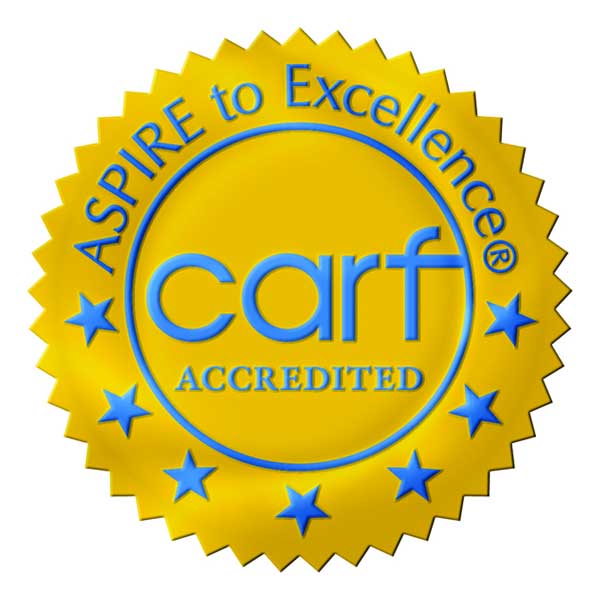RECOVERY STARTS HERE!
513.792.1272
Will I See Changes During Treatment?

Before parents engage a child in treatment, they want to know if it works. The vast majority of teens will display significantly different behaviors during and after completing treatment. There may also be additional hard to spot shifts that signify even greater change. This post will help you to become more familiar with the changes during treatment that you may see.
Stages of Change
More than 20 years ago, two well-known addiction researchers introduced a five-stage model of change to help professionals understand clients with substance use problems and help motivate them to change. The five stages of the model are:
- Pre-Contemplation – Not yet acknowledging that there is a problem behavior that needs to be changed.
- Contemplation – Acknowledging that there is a problem but not yet ready or sure of wanting to make a change.
- Planning – Getting ready to change.
- Action – Changing behavior.
- Maintenance – Maintaining the behavior change.
Most teens arrive to ASAP in the pre-contemplation or contemplation stage. This often leaves parents feeling hopeless that they have little to no influence over their child’s behaviors. However, even in situations that seem dire, parents often have more influence than even they know. For ASAP professionals, understanding your child’s readiness to change can help us choose appropriate and effective treatments. A treatment professional with the right training will understand how ready your child is to stop using while working with them to find and maintain the motivation to stop.
Treatment Planning
To help move clients along the change process, ASAP follows best practice standards. Every client meets with an ASAP clinician to collaborate on an individualized treatment plan (ITP). ITP’s are constructed with each family to identify and target your specific goals. Clients set a destination and ASAP provides the route and landmarks found along the way. An ITP also helps both parents and children understand clear expectations for treatment and what will mark treatment completion.
In General, Change is Likely Occurring when:
- Teens provide negative drug screens.
- Teens begin to discuss what they are learning in treatment sessions.
- Treatment staff discusses positive contributions made during groups.
- Teens adopt new attitudes about drinking or drug use.
- Teens begin to follow and respect appropriate boundaries.
- Clients begin to reengage in activities they had lost interest in.
- Parents and children start to communicate in a productive manner.
The Way Teens Talk About Recovery
The way an adolescent talks about recovery gives us insight into where they are in the change process. Social science researchers refer to this phenomenon as change talk. Change talk consists of the reasons a person has to change any given behavior. For example, a teen who engages in treatment will likely begin to endorse more balanced attitudes about using. They will also more easily and willingly identify the consequences of their use. A child might say, “I really enjoyed smoking weed, but I recognize it cost me a lot of money, threatened to damage my health, and put me at risk of failing my classes at school.” In general, research shows that the more a teen engages in change talk, the more likely they are to make meaningful changes in their lives. During treatment, parents are asked to be a partner, identifying change talk and helping to reinforce the message being provided by professionals.
If you are concerned that your child is not progressing, please contact your care manager for more specific feedback. A parent or family meeting can help to work through these concerns.
References
RELATED POSTS
ASAP is Cincinnati's premiere outpatient treatment center for teenagers, young adults, and their families struggling with substance abuse and mental health problems. Our specialized programs include TRIP for adolescents (ages 12-19), PIVOT for young adults (ages 18-26), and Clarity Intensive for those with emotional and behavioral disorders.
SUBSCRIBE
Enter your email address to receive news and information from ASAP.
[sibwp_form id=2]CALL US AT
513.792.1272
OR
Request a call from an ASAP professional










